Almost all of the products reviewed here on Simplifi, and on other corners of the SoundStage! Network, are fairly new to market—in most cases, less than one year old. And quite often, our reviews are of products that are brand new to market.
Acoustic Energy’s AE1 Active is not a brand-new product. It was introduced in 2017, and is based on the original, passive AE1 speaker, launched in 1987, that established the British brand’s reputation.
The AE1 Active has been on my radar for quite a while. My curiosity was piqued earlier this year when a reader from Russia wrote to me, saying he was downsizing his hi-fi, and seriously considering a pair of AE1 Actives to replace his Zu Audio floorstanding speakers and tube amps. So when Nation Imports, Acoustic Energy’s Canadian distributor, contacted SoundStage! back in the spring about reviewing the AE1 Active, I was all over the opportunity. Sign me up!
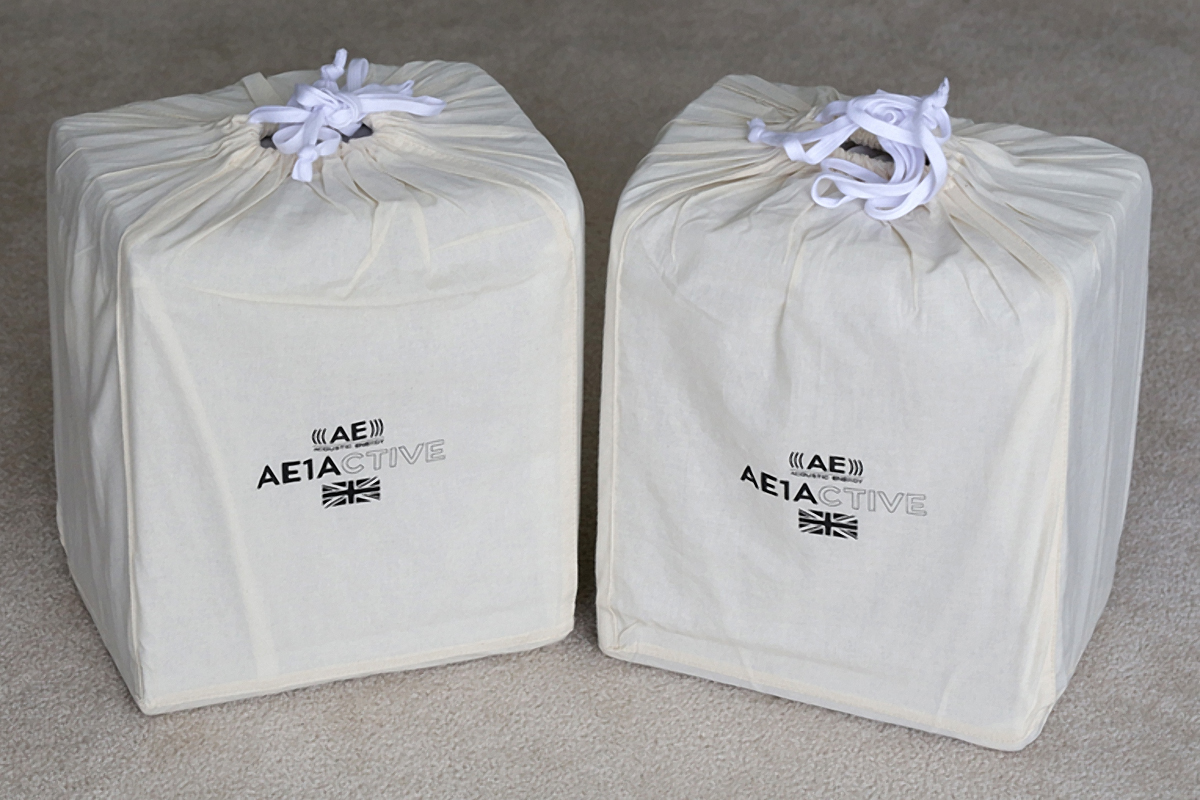
Unlike many of the active speakers I’ve reviewed for Simplifi, the AE1 Active is an all-analog design, with class-AB amplifiers and linear power supplies. There’s no Bluetooth, Wi-Fi, or streaming, so you need an external source such as a DAC-preamp for these features.
The speakers are available in glossy Piano Black or Piano White finishes for $1599 per pair (all prices in USD), or Piano Walnut veneer for $1899 per pair. Stands with front-column inserts that match the finish of the speakers are available for $599 per pair.
Inside and out
The AE1 Active is among the most beautifully finished speakers I have ever seen. My review sample had the high-gloss walnut veneer finish, which was applied to all surfaces. The warm, brown wood veneer was lustrous and impeccable, with a pronounced grain that waterfalled gracefully around the rounded top and bottom edges. Peering down at the top surface, I could see my reflected face staring back at me.
The speaker measures 11.8″H × 7.3″W × 9.8″D, and weighs 19.8 pounds. The enclosure is constructed from 0.7″ high-density fiberboard, with internal bracing and damping panels. The AE1 Active has a removable, magnetically attached black cloth grille, with an AE badge at the bottom.
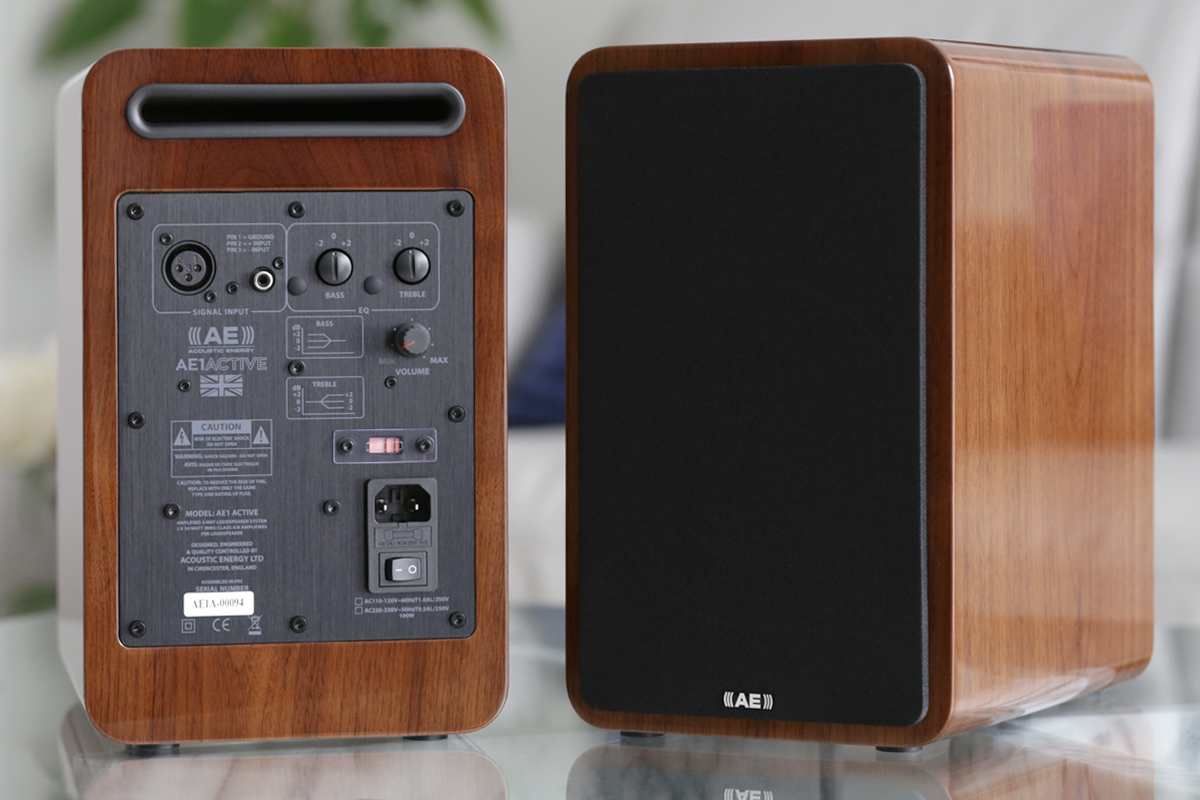
Remove the grille, and you see the two drivers: a 4.9″ woofer and a 1″ aluminum-dome tweeter. Acoustic Energy says the woofer’s cone, a sandwich of ceramic and hard-anodized spun aluminum, maintains pistonic behavior to higher frequencies than commonly used paper or plastic cones. The tweeter is surrounded by AE’s Wide Dispersion Technology waveguide, which they say optimizes integration of the drivers’ outputs around the crossover frequency. The tweeter dome is protected by a wire-mesh covering. Surrounding the tweeter’s waveguide and the woofer is a tasteful silver trim ring. A tiny, blue LED embedded in the bottom of the woofer’s cast-aluminum basket illuminates to confirm that the speaker is powered on. At the bottom of the front baffle is a raised, metal Acoustic Energy badge.
At the top of the rear panel is a slot-shaped bass port that traverses almost the entire width of the enclosure. As the company observes, a slot port occupies less space on the rear panel than a conventional round port would, and more importantly, produces less wind noise at high volumes.
Most of the back surface is occupied by the metal panel that houses the input jacks and control knobs. On the upper left are the balanced (XLR) and single-ended (RCA) input jacks. AE1 Actives are sold in pairs, and ship with two 3m RCA cables. A balanced connection is preferable for long cable runs, but if you want to go this route, you’ll have to supply your own XLR cables.
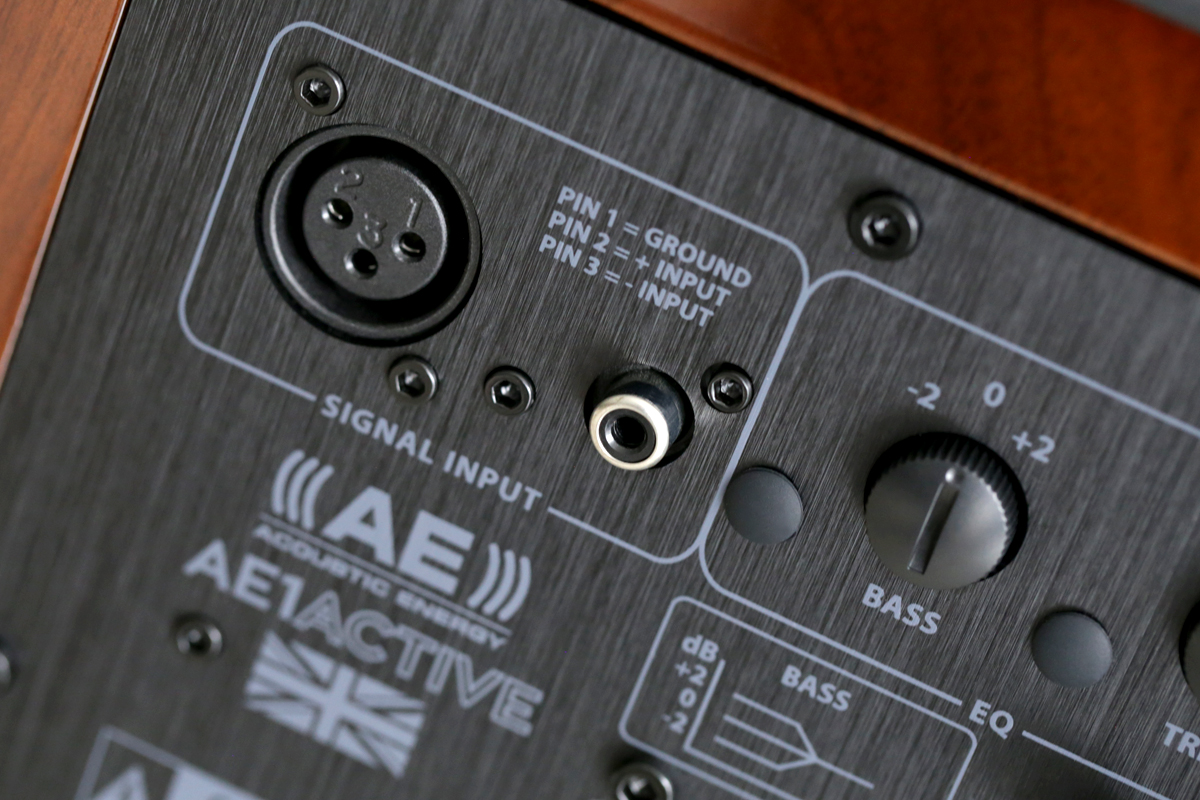
Next to the input jacks are bass and treble shelving controls, both with -2, 0, and +2dB settings. Below the treble shelving control is a rotary volume knob. On the bottom right there’s an IEC power inlet, and below it an on/off rocker switch.
The AE1 Active employs a fourth-order Linkwitz-Riley active crossover centered on 3.5kHz. From the active crossover, the signal flows to two class-AB amplifiers with linear power supplies, one each for the woofer and tweeter, and each specified to output 50W.
Setup
I connected the AE1 Actives’ balanced inputs to the balanced outputs of my NAD C 658 streaming DAC-preamp ($1649) using Benchmark Media Studio&Stage XLR cables, and placed them on 28″H Monoprice Monolith speaker stands, on either side of the electric fireplace in our living room. They were 18″ from the front wall and 7′ apart, toed in slightly toward the listening position on the end cushion of our sectional sofa on the opposite wall, 7′ away.
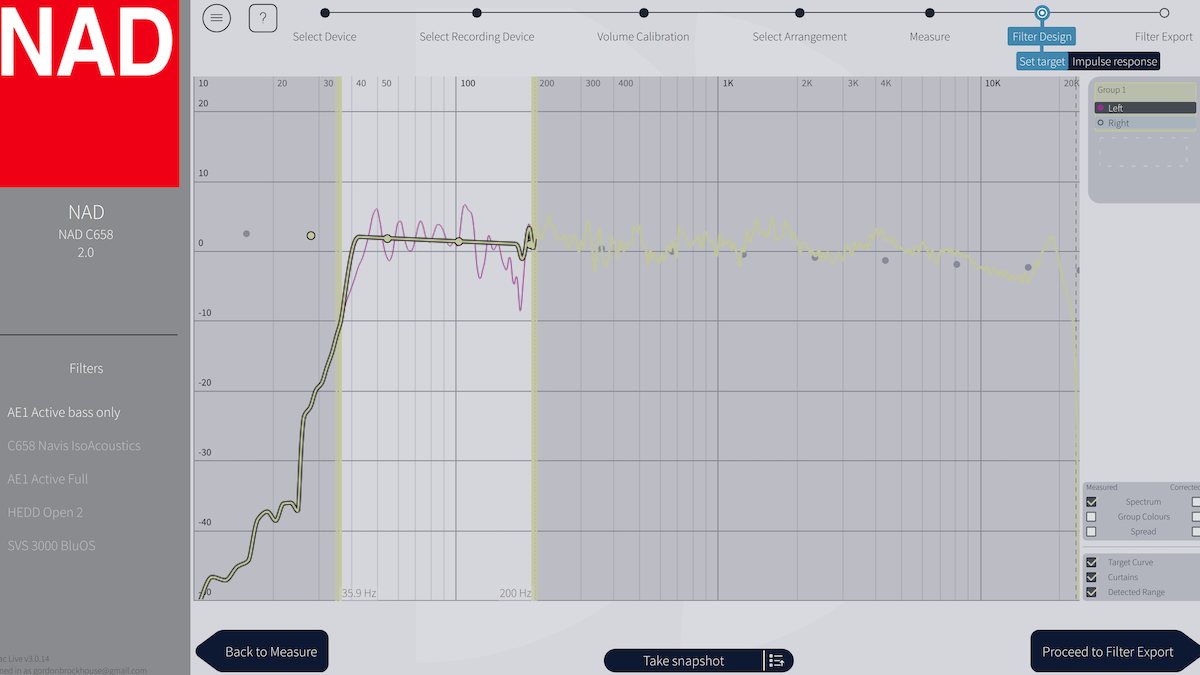
As I’ve written before on Simplifi, our living room has some nasty bass modes, which cause peaks and dips at frequencies below 200Hz. The C 658 has built-in Dirac Live room correction, which analyzes room acoustics and then creates a correction curve that compensates for room problems. So that I could listen to the AE1 Actives without having room-related peaks and dips affect what I was hearing, I ran Dirac Live, but set the upper limit of the correction curve to 200Hz, so that Dirac did not alter output at higher frequencies. I did some of my listening with this Dirac setting enabled, but most without.
I ran into one snafu along the way. After a couple of dozen hours of listening, an amplifier in one of the speakers started oscillating at a very high frequency. Nation Imports quickly dispatched a replacement review sample, which worked fine.
Listening
Throughout my listening, I was wowed by the AE1 Actives’ speed, agility, and transparency. They created a vast soundstage, with incredibly precise location of aural images. Dynamics scaled up and down effortlessly. Microdynamics were outstanding, making it easy to appreciate subtle expressive nuances in the recordings I listened to. And these little speakers could play loudly with little or no distress, and without sounding congested or compressed.
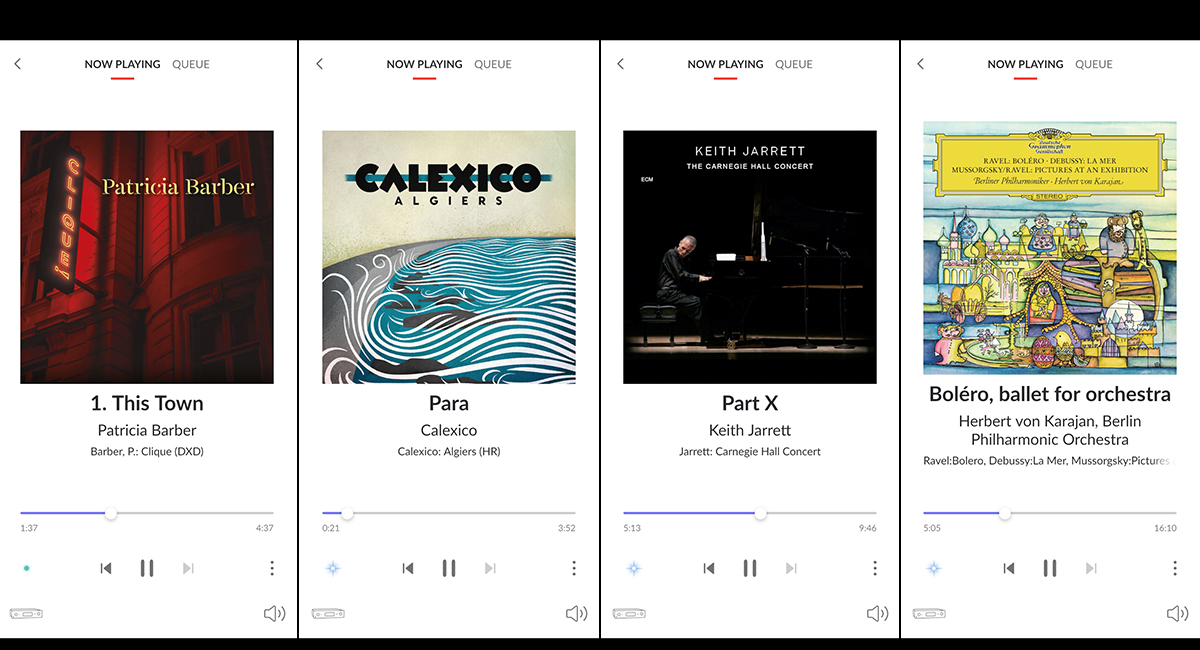
A recording that has been in heavy rotation in our home over the past couple of months is Patricia Barber’s new album of jazz standards, Clique. The first track is a propulsive, high-energy treatment of Lee Hazelwood’s “This Town” (32-bit/352.8kHz WAV, Impex Records). I played it from Roon, which downsampled the track to 24/192 for playback through the NAD C 658. The song begins with a snappy double-bass riff by Patrick Mulcahy, and it sounded wonderful through the AE1 Actives: taut and tuneful, with just the right combination of snap and woody resonance. However, the very lowest notes were a bit indistinct. Engaging Dirac Live room correction improved the definition of those notes, but also made the double bass sound less full and resonant. Dirac also made the location of the double bass on the right side of the soundstage much more specific. It pushed the instrument back, and made the image more focused. Truth to tell, there was a lot to like about both settings. On this track, I could easily live without Dirac.
After a few bars, Barber enters, singing the first verses, accompanied only by Mulcahy’s double bass. The first thing I noticed was rather hot sibilants, as she sings “This town / Is a lonely town.” Those sibilants jumped out at me throughout the song. Partly, that’s the nature of this recording—I’ve noticed it with other loudspeakers, and with other albums that Jim Anderson has engineered for Barber. “I want to hear every syllable Patricia sings,” Anderson told me when we spoke in June about recording Clique. “She’s telling a story, and I want a clarity of voice that communicates it.” But the AE1 Actives seemed to accentuate that characteristic. Setting the treble shelving controls on both speakers to -2dB tamed those sibilants, but they were still hotter than I’d have liked. Otherwise, I loved the way these active minimonitors rendered Barber’s cool alto voice, which was locked in the center of the soundstage, right at the front. Dynamics were fast and effortless, so that it was easy to follow Barber’s expressive inflections and modulations.
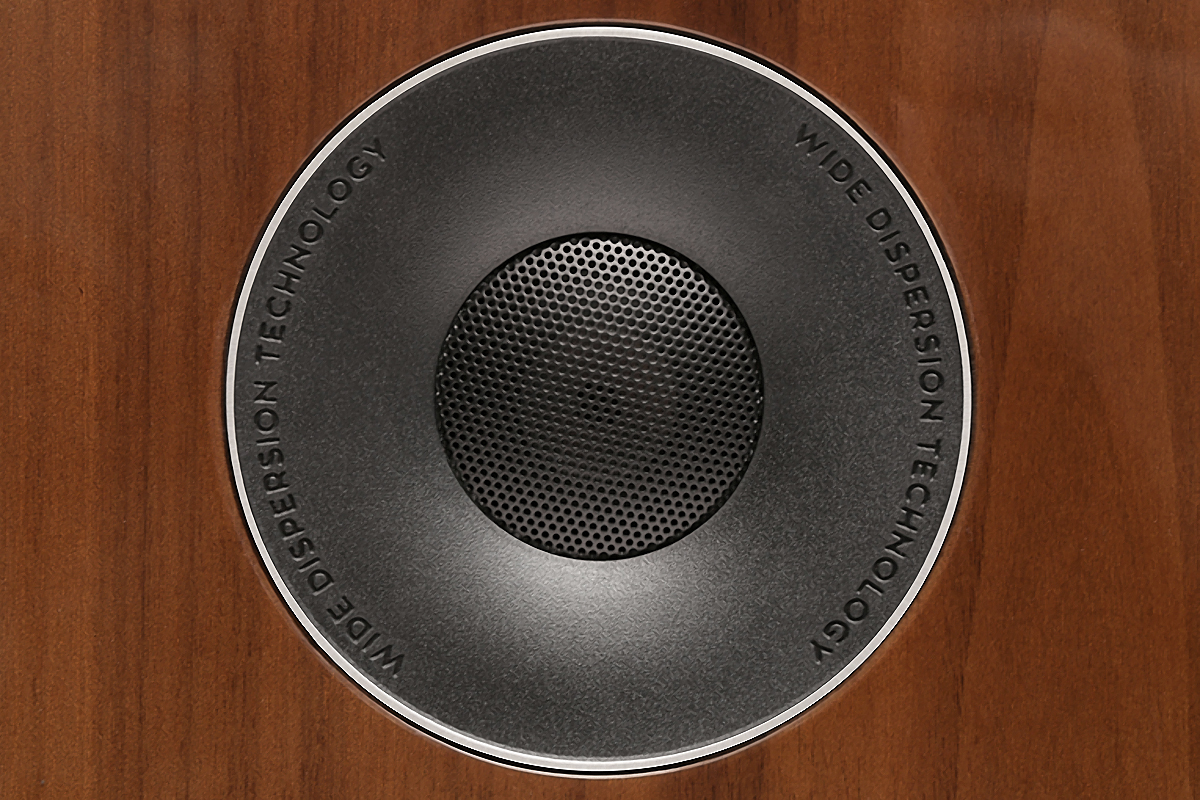
And I adored the way they delivered the instrumental accompaniment. The AE1 Actives nailed Barber’s entry on piano at the 48-second mark, rendering a rolled middle-register chord with a perfect combination of strength and restraint—as I’m sure Barber played it. During the skittering piano passages in the middle of the song, the AE1 Actives convincingly reproduced the exact amount of force Barber gives each note and chord, so that I could follow the wide range of her touch between legato and staccato.
Jon Deitemyer’s drum kit, arrayed along the back of the soundstage, sounded equally convincing. The big ride cymbal on the left and hi-hat on the right had wonderful sheen, without sounding splashy. Rolls on the floor tom had great palpability, with the impact of the sticks on the drum head segueing right into the resonance of the body.
On “Para,” from Calexico’s Algiers (24/88.2 ALAC, Anti-/HDtracks), Joey Burns’s sibilants and whispery inflections were also a little hot, and also dissociated from his vowels. As with the Barber track, that’s partly the nature of the recording, but the AE1 Actives brought it into the foreground. Again, setting the treble shelving control to -2dB alleviated the issue, but did not entirely banish it. This adjustment also made this dense, dark mix a bit more opaque; I preferred listening with the shelving controls set flat.
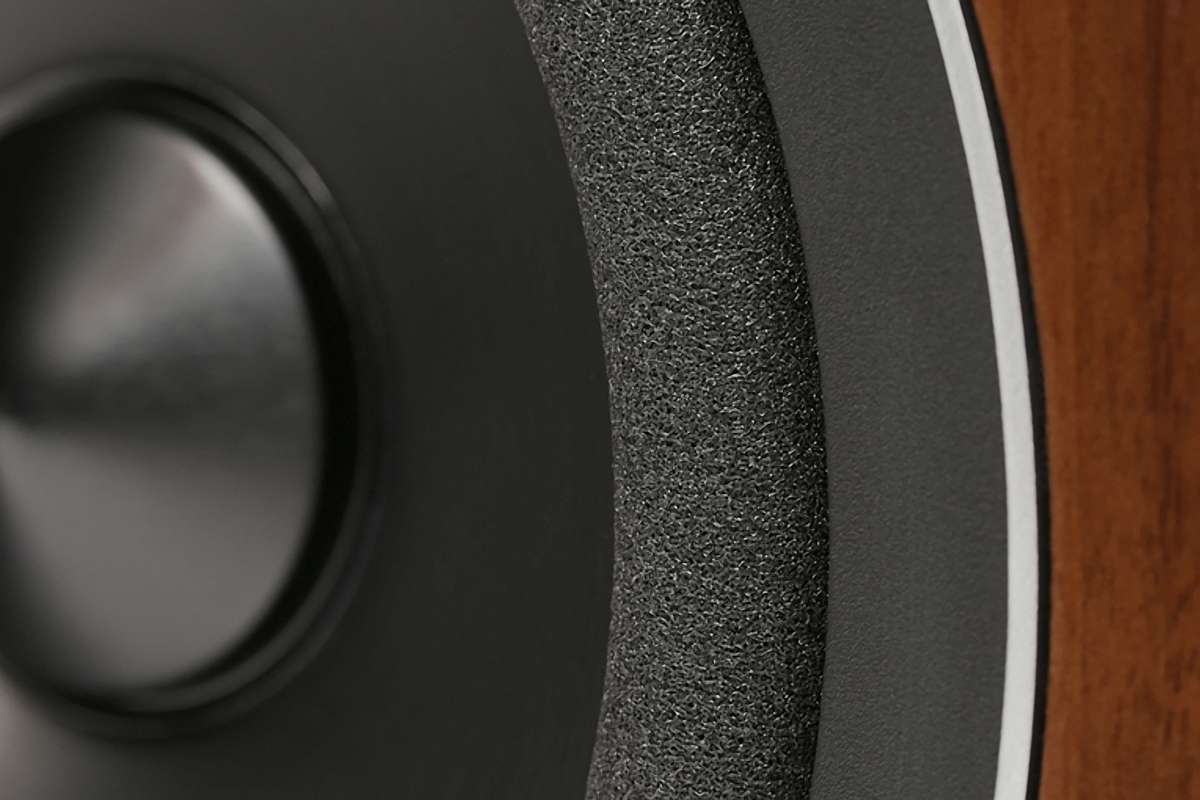
The instrumental accompaniment sounded wonderful. John Convertino’s bass drum and big snare hit really hard, driving the song forward. Paul Niehaus’s jangly pedal steel guitar and Craig Schumacher’s reedy Wurlitzer intensified the sense of loss and anguish that pervades this song. And I admired how AE’s minimonitors pulled subtle elements out of that dense mix—a trumpet phrase by Jacob Valenzuela on the left, violins and viola played quietly by Tom Hagerman on the right.
Solo piano also sounded glorious through the AE1 Actives. All the pieces on Keith Jarrett’s The Carnegie Hall Concert (16/44.1 ALAC, ECM) were improvised, as with all of his live solo albums, except for the five encores at the end. “Part VII” is a high-energy rocking number, with hard-driven left-hand notes and chords underpinning a joyous melody played in the middle and upper octaves. Those left-hand notes had marvelous heft, clearly conveying the power of Jarrett’s concert grand. Jarrett’s rapid-fire right-hand notes and chords were produced with impressive ease, and his arpeggiated chords were perfectly delineated. The piano’s tone was consistent from top to bottom. “Part X” is all about tone and color. Throughout most of this track, Jarrett elicits a bell-like tone from his piano, which makes it sound almost Balinese. The AE1 Actives captured this quality beautifully. With their impressive microdynamics and speed, it was easy to appreciate Jarrett’s incredible inventiveness and pianism.
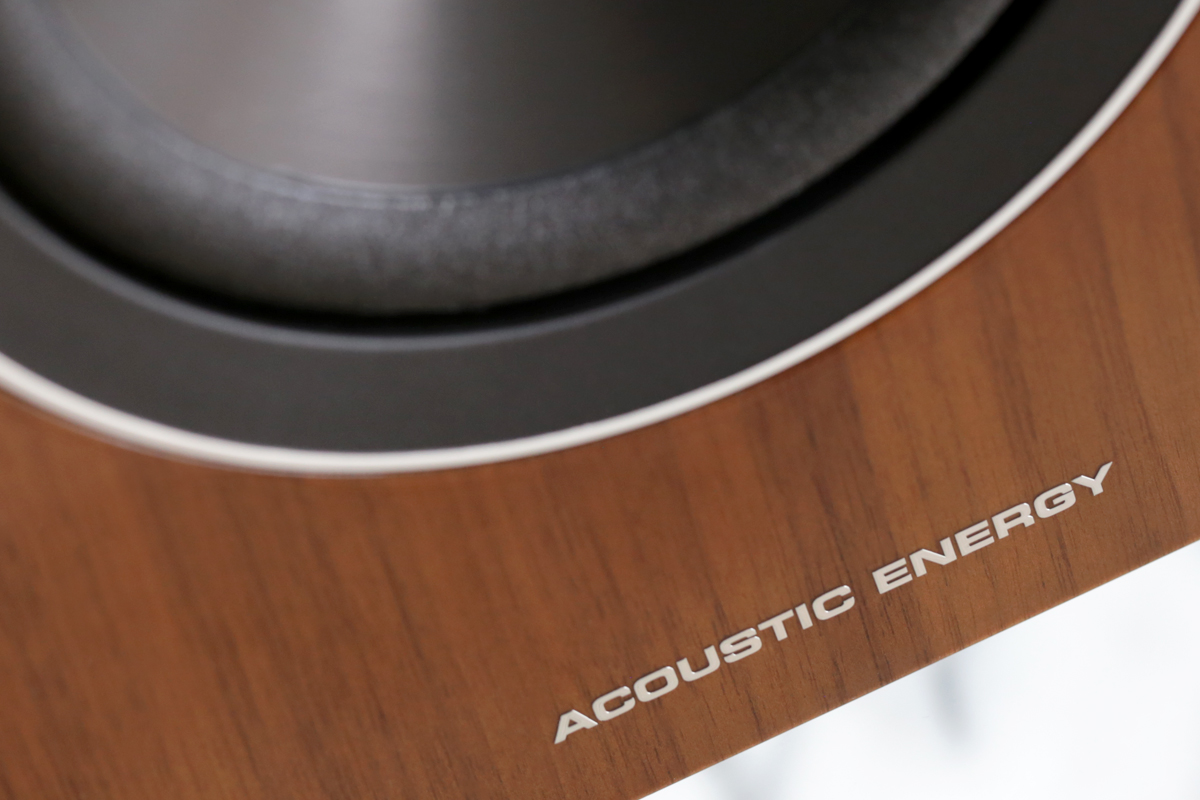
To see how these minimonitors could deal with dynamic extremes, I cued up Herbert von Karajan’s legendary 1966 recording of Ravel’s Bolero with the Berlin Philharmonic Orchestra (24/96 FLAC, Deutsche Grammophon/Qobuz). This chestnut begins quietly, with a rat-a-tat snare drum in the right rear tapping out the ostinato rhythm that underpins the whole piece. Then a solo flute introduces the main melody, supported by the violas and cellos playing a quiet triple-time harmony. The melody is repeated 17 times by different solo and grouped instruments, including clarinet, bassoon, oboe d’amore, tenor saxophone, soprano sax, trumpet, trombone, and celeste, growing inexorably in loudness and density. The piece ends with a huge climax, with the whole orchestra playing fortissimo.
The AE1 Actives nailed the quiet sections at the beginning, reproducing the varied tonal colors of the wind instruments with commendable accuracy. The clarinet was ripe and fruity; the oboe d’amore rich and reedy; the tenor sax was sultry, and the soprano sax saucy. But what really wowed me were the amazing microdynamics. Even though the flute plays pianissimo in the introduction, I could hear the soloist’s subtle phrasing—some notes distinct, others blending into one another. The same pattern repeated itself with the clarinet, bassoon, E-flat clarinet, and oboe d’amore solos. In each section, the AE1 Actives beautifully highlighted the legato phrasing that HvK elicits from his soloists. The sudden appearance of a harp in the right rear, joining the violas and cellos in the triple-time harmony, was pure magic. Although the instrument was played quietly, I could appreciate the force with which each string was plucked.
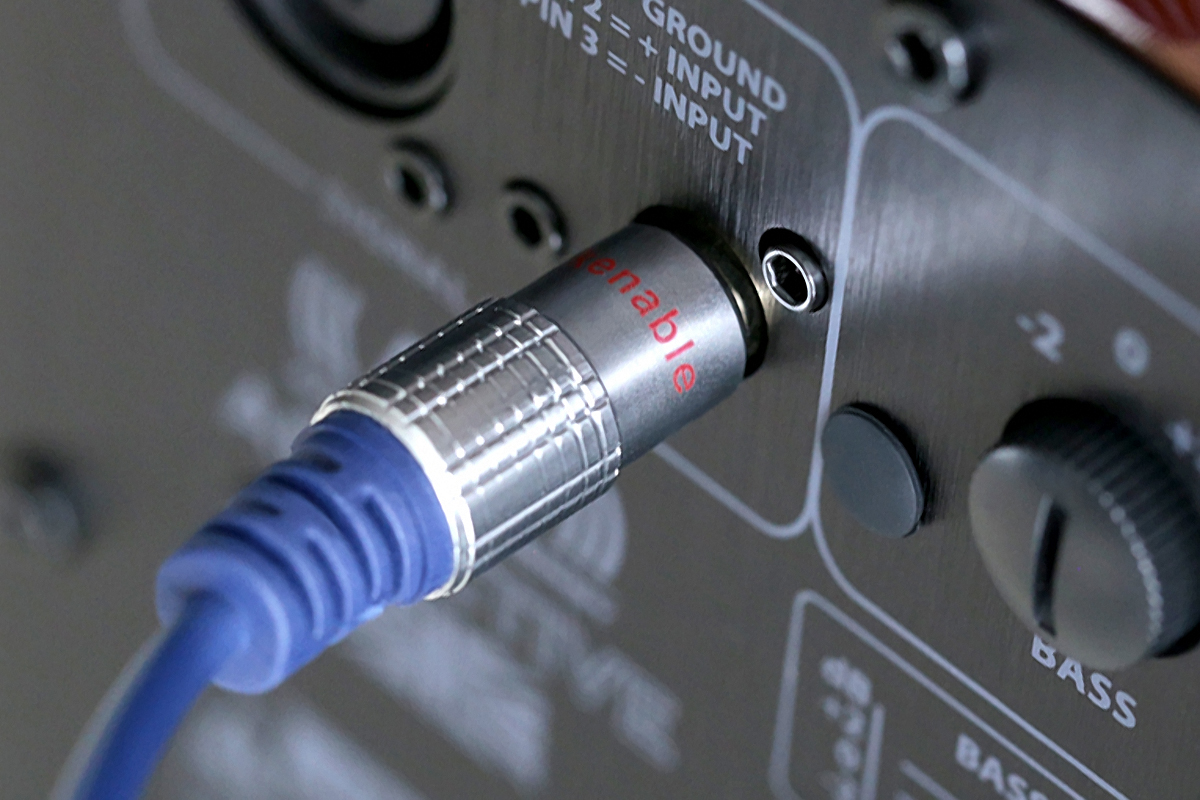
Starting with the oboe d’amore solo, pizzicato violins and a double bass join the cellos playing harmony. The plucked double-bass notes were somewhat thuddy and indistinct—almost certainly the result of the bass modes in my listening room. Switching in Dirac’s sub-200Hz room-correction setting on my C 658 made a massive improvement. The thuddiness disappeared. Definition and note differentiation improved greatly. And the whole presentation became more transparent, less murky.
In the middle and later sections, the melody, rhythm, and harmony elements of Bolero are played by ever-larger groups of instruments—strings, woodwinds, brass, percussion—all playing forte or louder. Here the AE1 Actives showed their macrodynamic chops. Even in the densest passages, the sound remained transparent, so I couldn’t help but admire the BPO players’ expressive phrasing. Imaging was almost laser-like, with excellent front-to-back layering. The soundstage was vast, convincingly evoking Berlin’s Jesus-Christus-Kirche, the site of so many of Karajan’s legendary recordings with the BPO.
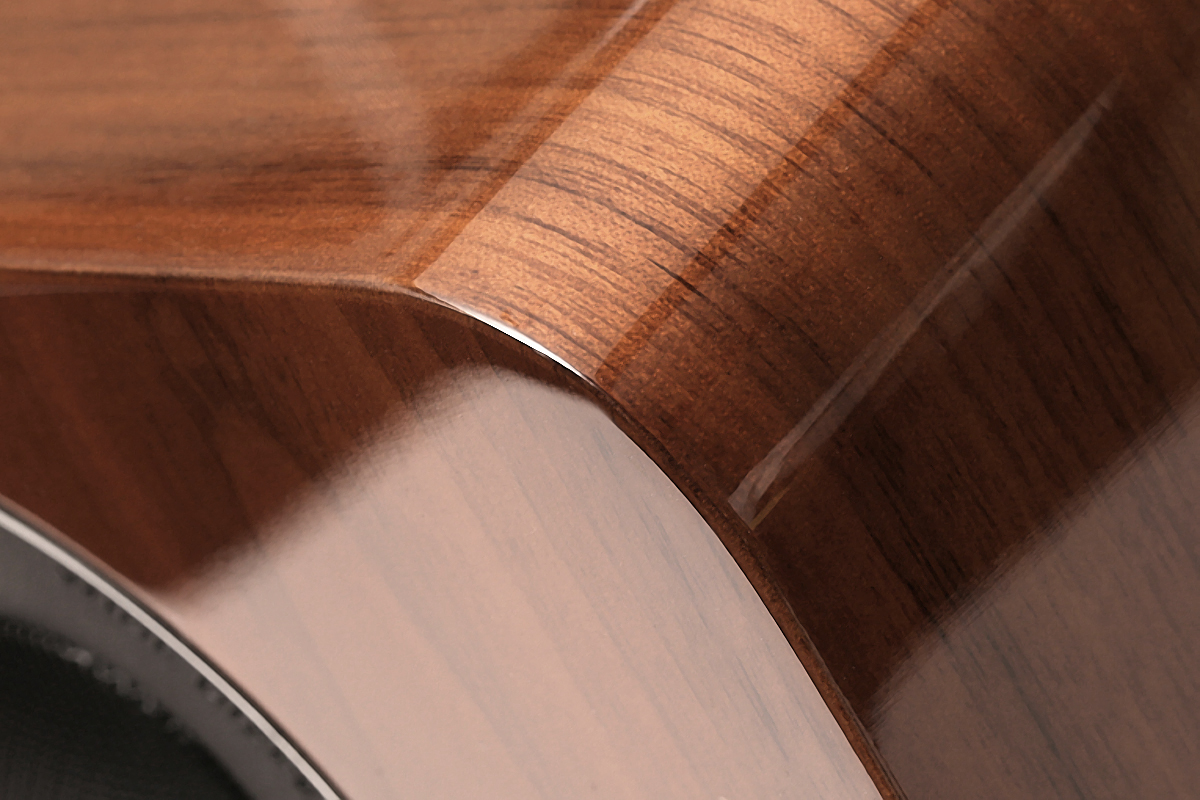
Only in the loudest moments of the final sections, with the AE1 Actives delivering peaks of 85dB, did a touch of stridency creep in. And it was just a touch, not nearly enough to spoil the pleasure I experienced hearing this landmark recording through these fine speakers. Even in these sections, there was no sense of congestion or dynamic compression.
Comparison
I compared the AE1 Active with another British two-way active speaker, KEF’s LS50 Wireless II ($2499.99/pair). Whereas the AE1 Active is an analog design, intended for use with a source component like a preamp, the LS50WII is a full-featured DSP-based design, with built-in Wi-Fi and Bluetooth, a high-resolution DAC and network streamer, and a broad suite of inputs, including HDMI eARC, TosLink and coaxial S/PDIF, and line-level analog. For this comparison, I streamed music from Roon to the KEFs and my NAD C 658, still connected to the AE1 Actives’ XLR inputs. I left Dirac Live room correction off for this comparison, and left the shelving controls on the AE1 Actives in the flat position.
On “This Town,” Patricia Barber’s voice sounded fuller through the KEFs, so that her singing sounded like it was coming from an entire human body, rather than just from a set of vocal cords. Her sibilants were still a bit hot, but less so than on the AE1 Actives. Piano tone was richer and more resonant through the KEFs. But the AE1 Actives captured Barber’s varied touch on piano better. Transients were faster on the AE1 Actives, so that individual notes in her rolled chords were more clearly articulated. Similarly, Jon Deitemyer’s rim shots hit a bit harder on the AE1 Actives. Placement of aural images was slightly more precise on the AE1 Actives. Patrick Mulcahy’s double bass sounded a little snappier on the AE1 Actives, but a bit bigger and fuller on the KEFs.
On “Part X” from The Carnegie Hall Concert, the sound of Jarrett’s concert grand was a little fuller through the KEFs. But the AE1 Actives sounded more articulate, so that I was more aware of Jarrett’s wonderful phrasing and pedaling. The KEFs delivered a touch more heft in the lower octaves, but the AE1 Actives had more sparkle up top. Overall, the AE1 Actives delivered more of Jarrett’s touch and tonal color.
On the BPO recording of Ravel’s Bolero, orchestral tone was weightier and lusher through the KEFs, leaner and slightly more transparent through the AE1 Actives. In the early passages, the tonalities of the wind instruments repeating the main melody were a little riper and richer through the KEFs, which I preferred. The same applied to the harp playing the triple-time harmony. On the other hand, the transient attacks of the solo wind instruments were a little crisper through the AE1 Actives, so that I heard a little more of the players’ breathing and phrasing—but these elements were by no means absent on the KEFs. The snare drums that drive this work forward sounded crisper and more dramatic through the AE1 Actives, but bigger and more powerful through the KEFs. String tone was smoother on the KEFs, but less transparent. In the loud, dense passages at the end, the KEFs were less strident than the AE1 Actives, but a little more congested.
Conclusion
I found the comparison between the AE1 Active and LS50 Wireless II very telling. The AE1 Actives definitely held their own against the KEFs, which have already received a Reviewers’ Choice award. And I gotta think KEF’s LS50WII will be in the running for SoundStage! Network Product of the Year honors, come December.
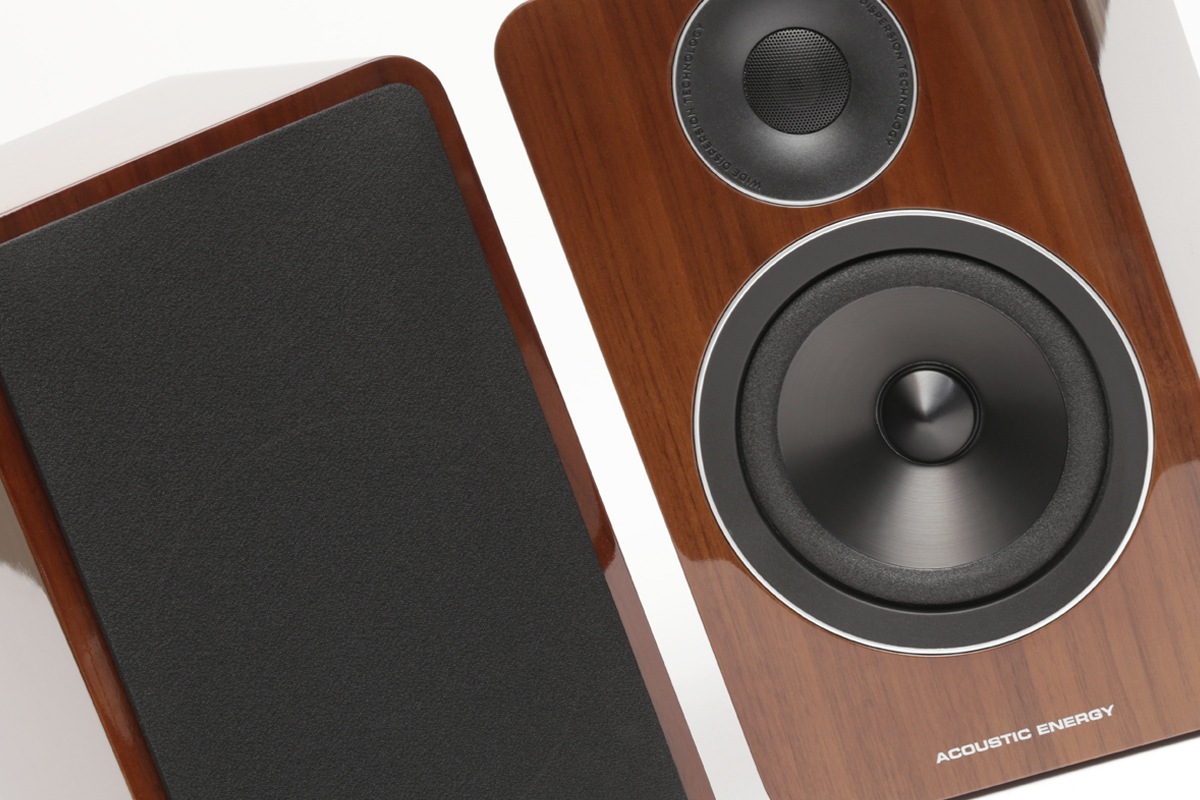
Of course, the two speakers have very different feature sets. The LS50 Wireless II is a fully self-contained system. Get it on your home network, and you’re ready to stream music from your mobile device or favorite streaming service.
Appealing as ready-to-go DSP-based active speakers are, I suspect there are many people who’d prefer a pair of active minimonitors that they can mate with the DAC-preamp of their choice. If you’re one of these people, Acoustic Energy’s AE1 Active belongs on your shortlist, at or very near to the top.
. . . Gordon Brockhouse
Associated Equipment
- Streaming DAC-preamp: NAD C 658.
- Active loudspeakers: KEF LS50 Wireless II.
- Interconnects: Benchmark Media Studio&Stage (XLR, 6′ and 15′).
- Speaker stands: Monoprice Monolith (28″H).
Acoustic Energy AE1 Active Loudspeakers
Price: $1599 per pair in Piano Black or Piano White; $1899 per pair in Piano Walnut; matching stands available for $599 per pair.
Warranty: Three years, parts and labor.
Acoustic Energy Loudspeakers
Unit 1, Trull Farm
Trull, Tetbury
Gloucestershire GL8 8SQ
United Kingdom
Website: www.acoustic-energy.co.uk



